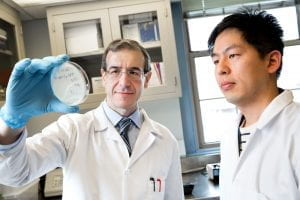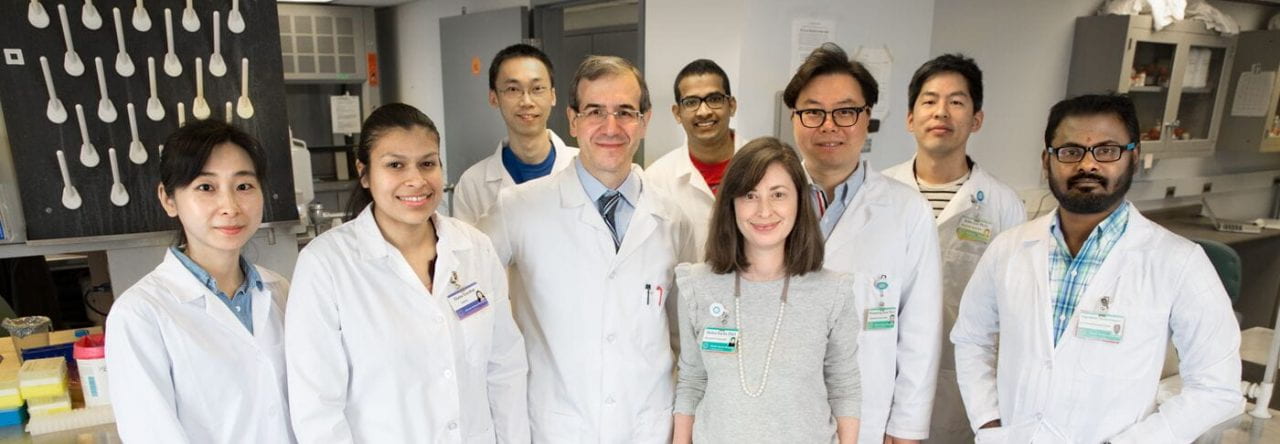 Compartmentalization of pathogenesis-related research into an analysis of the “pathogen”, the “host,” or the “antimicrobial compound” has largely been dictated by the lack of model systems in which all of these approaches can be used simultaneously, and by the traditional view that microbiology, immunology, and chemical biology and pharmacology are separate disciplines. The arbitrary separation of these fields is no longer necessary, as genetic and genomic tools for a number of pathogenic microbes are now available and an extensive understanding of virulence mechanisms and host responses has been achieved. We see the traditional separation of these disciplines as a major hindrance to the development of novel antimicrobial agents and groundbreaking therapies. For this reason, we have developed surrogate invertebrate hosts that fill an important niche in microbial pathogenesis research and provide us with a unique opportunity to study basic, evolutionarily conserved aspects of microbial virulence and host response. Overall, our studies have developed a novel alternative to the study of infection and host response.
Compartmentalization of pathogenesis-related research into an analysis of the “pathogen”, the “host,” or the “antimicrobial compound” has largely been dictated by the lack of model systems in which all of these approaches can be used simultaneously, and by the traditional view that microbiology, immunology, and chemical biology and pharmacology are separate disciplines. The arbitrary separation of these fields is no longer necessary, as genetic and genomic tools for a number of pathogenic microbes are now available and an extensive understanding of virulence mechanisms and host responses has been achieved. We see the traditional separation of these disciplines as a major hindrance to the development of novel antimicrobial agents and groundbreaking therapies. For this reason, we have developed surrogate invertebrate hosts that fill an important niche in microbial pathogenesis research and provide us with a unique opportunity to study basic, evolutionarily conserved aspects of microbial virulence and host response. Overall, our studies have developed a novel alternative to the study of infection and host response.
Select Publications
a) Pukkila-Worley R, Ausubel FM*, Mylonakis E*. Candida albicans infection of Caenorhabditis elegans induces antifungal immune defenses. PLoS Pathogens 2011;7(6):e1002074. PMID: 21731485 PMCID: PMC3121877
b) Govindan JA, Jayamani E, Zhang X, Mylonakis E, Ruvkun G. Dialogue between E. coli free radical pathways and the mitochondria of C. elegans. PNAS 2015 Oct 6;112(40):12456-61. PMID: 26392561 PMCID: PMC4603447
c) Govindan JA, Jayamani E, Zhang X, Breen P, Larkins-Ford J, Mylonakis E, Ruvkun G. Lipid signalling couples translational surveillance to systemic detoxification in Caenorhabditis elegans. Nature Cell Biol 2015 Oct;17(10):1294-303. PMID: 26322678 PMCID: PMC4589496
d) Lee K, Mylonakis E. An intestine-derived neuropeptide controls avoidance behavior in Caenorhabditis elegans. Cell Rep. 2017 Sep 5;20(10):2501-2512. doi: 10.1016/j.celrep.2017.08.053.PMID: 28877481
